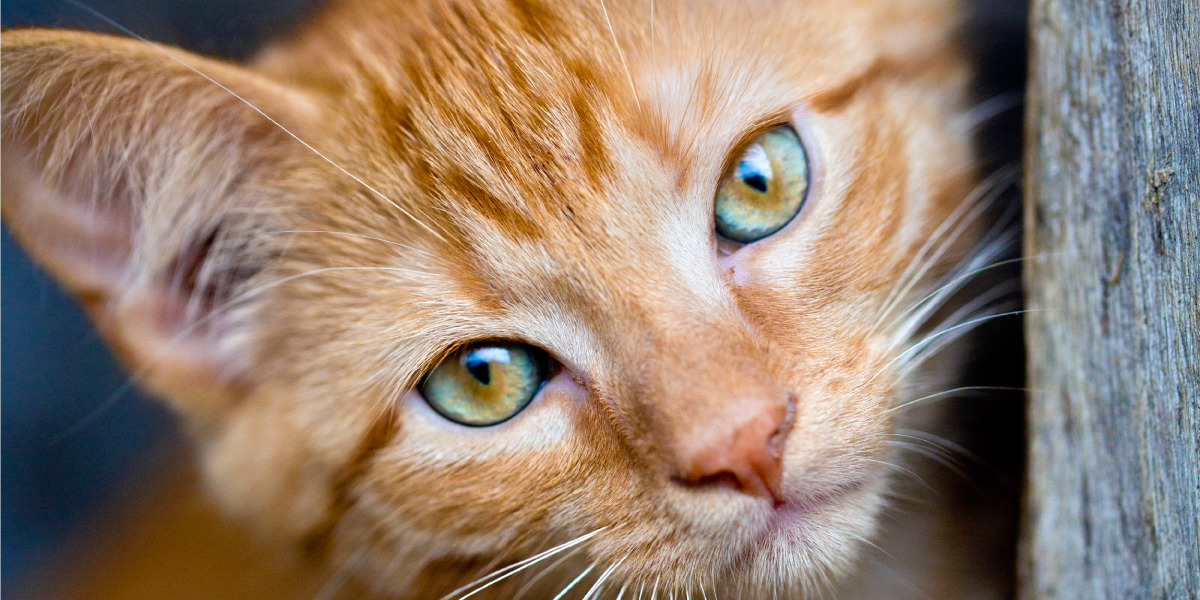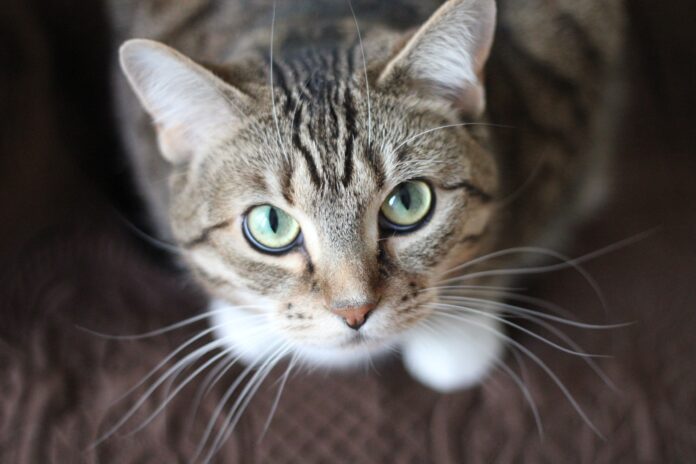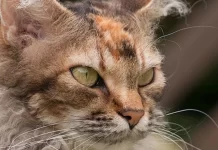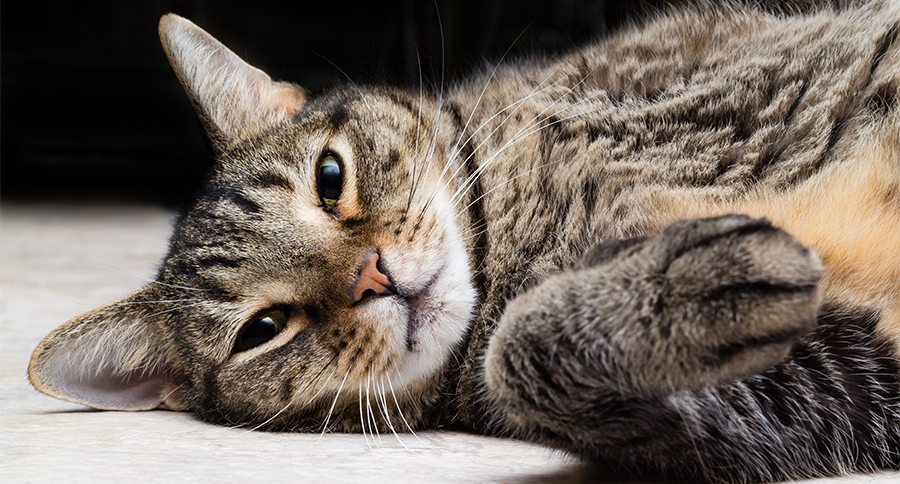Last Updated on March 4, 2024 by Fumipets
What Are the Whiskers on the Top of a Cat’s Head?
Whiskers are as essential to your cat as your vision and sense of touch are to you. They are much more than simply a beautiful body feature; they provide her with vital information for her actions both inside and outside your home, at night and during the day.
Those Whiskers
Your cat’s whiskers are thicker and longer than her body hair. This cat part’s official Latin name is “vibrissa” for a single whisker and “vibrissae” for the plural version. Your cat loses her hair to allow for the growth of new, stronger whiskers. Your cat’s whisker pads — the small, indentation places where her whiskers protrude from her hair — are arranged in such a manner that it helps her defend herself.
Examine the layout of your cat’s whiskers while she is in various moods. They stick straight out when she’s pleased and comfortable. She pushes them back against her face when she’s angry.

Importance Of Cat Whiskers
Each whisker is linked to a blood vessel under your cat’s skin. When anything makes touch with her whiskers like air or your finger, the link to the blood capsule under her skin pulls the blood to one side of the blood sinus. This sends a signal to her facial nerves, which then sends a signal to her brain, alerting her to the presence of anything hazardous or your finger nearby. She reacts by being even more vigilant in order to defend herself.
Your cat is a nocturnal creature. She enjoys hunting, playing, and waking you up at night. She’s fully focused on her target while she’s hunting, even if it’s only for fun. Despite the fact that she can see in the dark better than you can, she relies on her whiskers to alert her to objects in her surroundings that she would otherwise miss because of her visual concentration on her prey. If you have a window open at night, for example, a breeze may cause a curtain to flutter. The fluttering curtain causes a shift in the air current when your cat walks by, alerting the eye whiskers, blood sinuses, and nerves that something is moving in the room. To keep them safe, she shuts her eyes. Superciliary whiskers are the eye whiskers that resemble extraterrestrial antennae.

Tufts Above The Eyes
You’ve probably noticed that your cat has lengthy “hairs” over her eyes. These are whiskers, not hairs. When your cat’s whiskers sense danger, she shuts her eyes to protect them from harm. She is totally concentrated on that mouse, ball, or your foot while she is pursuing her prey. When she’s not looking, her brow whiskers serve as a second pair of eyes.

Whisker Precautions
You may have believed your cat’s whiskers on her body and above her eyes needed to be trimmed. She sheds a few whiskers at a time, so she only loses one or two at a time.
She loses the sensory protection she requires as she travels through her days and nights by shaving off a complete set of whiskers. It may take up to three months for your cat’s whiskers to regrow, so put the cuticle scissors away and let her retain her whiskery look.
https://www.youtube.com/watch?v=nHoa0XBBQfA


















